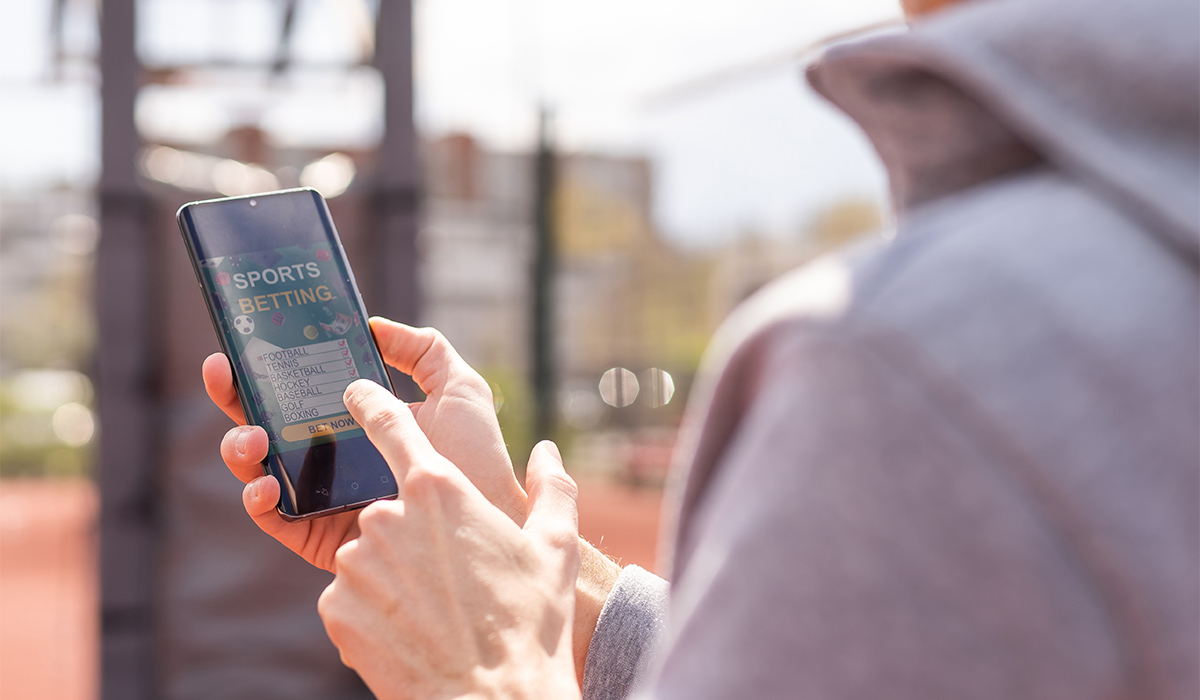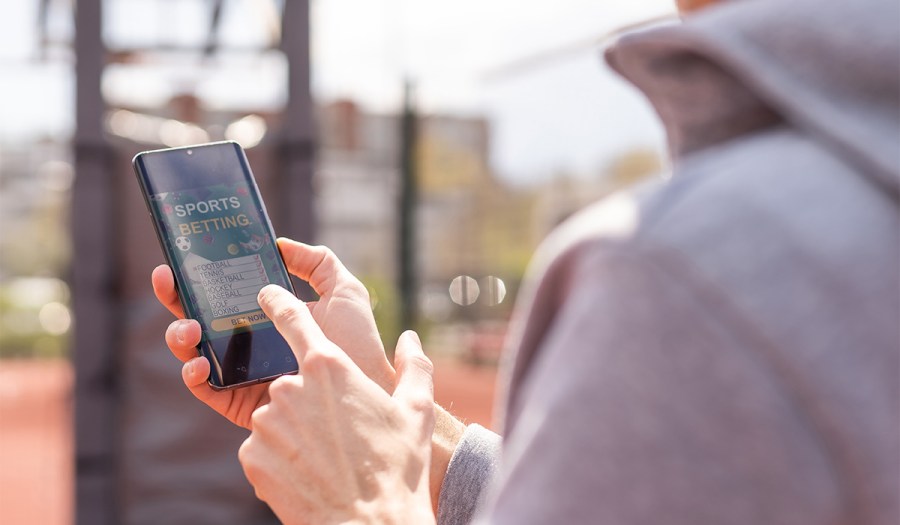Gambling is increasingly regarded as a normal part of sport by children due to the high level of exposure they experience of gambling marketing, according to the findings of a new study.
Research by a team of Irish academics across the country found evidence of the pervasiveness of gambling marketing via social media but also in conversations among young people themselves and displays in betting shops.
‘These myriad forms of exposure indicate a saturation of gambling communications in these children’s lives,’ the study observed. While many children felt that sport and gambling were a good fit, they were aware of the financial risks. However, the research found few understood the wider social risks of gambling.
The authors of the study, whose findings are published in the medical journal, BMC Public Health, said they aimed to explore the exposure and understanding of gambling marketing by children against a background where such marketing was ever increasing, with young people more aware of gambling brands. The research involved six face-to-face focus groups with 51 teenagers aged 14-17 in the Republic and the North with a declared interest in watching sports on TV.

One of the report’s main authors Paul James Kitchin said that understanding how exposure to gambling messages shaped the perception of young people about the relationship between sport and gambling was vital for policymakers to better shape related legislation and regulations.
Dr Kitchin, a senior lecturer at Ulster University’s School of Sport, near Belfast, said it was also important for informing parents and educators with public health messaging – particularly in the context of 3.3% of adults in the Republic and 2.3% of adults in the North experiencing harm from gambling.
Separate research found 23% of 16-year-olds had gambled for money in the previous 12 months.
The study found that the majority of teenagers do not consume their sports via mass media but through social media platforms.

Many reported witnessing gambling marketing on multiple social media channels including TikTok, Instagram, Snapchat and, particularly, YouTube.
When shown photos of a sports jersey with sponsorship from three well-known brands – a communications company, a fastfood provider and a gambling firm – four of the six focus groups identified the gambling firm as the most suitable sponsor.
‘Our data revealed that they perceived gambling operators as commercial sponsors with a good fit between what they sell and the products they sponsor,’ said Dr Kitchin. ‘This exposure is at best inadvertent, or at worst deliberate, brand positioning in young consumers’ minds.’
However, he warned: ‘A broader public health risk is that if children who follow sports feel that gambling is a normal part of sports and that they follow and are influenced by personalities in social media, then current regulations are woefully unprepared to counteract this.’
